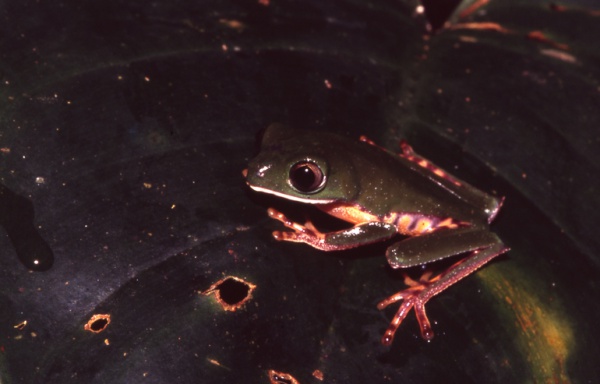Facts About Tiger-striped Leaf Frog
The Tiger-Striped Leaf Frog, scientifically known as Callimedusa tomopterna, is a captivating species belonging to the Phyllomedusidae family. These vibrant frogs are primarily found in the northern regions of South America, including the Upper Amazon Basin in countries such as Bolivia, Peru, Ecuador, Colombia, Amazonian Brazil, and the Guianas. Some experts suggest that Callimedusa tomopterna might actually encompass multiple species.
These frogs prefer arboreal habitats within pristine tropical rainforests, particularly near temporary or semi-permanent pools during the rainy season. However, they can also be found in more open areas, floodable forests, on shrubs, and near water bodies. They reside at elevations of up to 500 meters above sea level, although they are not very common in many areas. Unfortunately, their natural habitat is threatened by deforestation and human activities.
Callimedusa tomopterna is nocturnal, resting during the day and becoming active after dark. Males vocalize at night to attract females and forage for food. Regarding reproduction, these frogs exhibit a unique behavior of laying their eggs on green leaves that overhang standing water. The tadpoles then develop in the water below. Limited breeding sites can sometimes lead these frogs to interbreed with other species, such as Dendropsophus minutus.
Both their eggs and adult frogs face numerous threats from predators. Phorid flies and other organisms frequently prey on their egg clutches. Adult frogs are also vulnerable, with snakes like Leptodeira annulata posing a significant threat. This indicates that the toxins these frogs produce for defense are not always sufficient for their protection.

 Ecuador
Ecuador